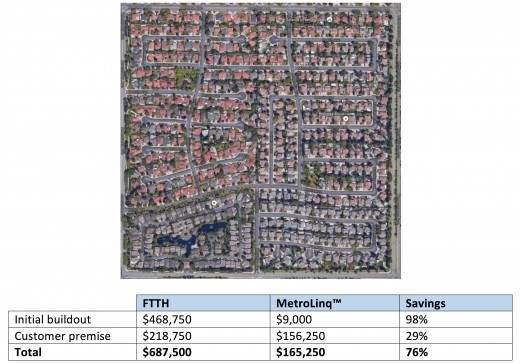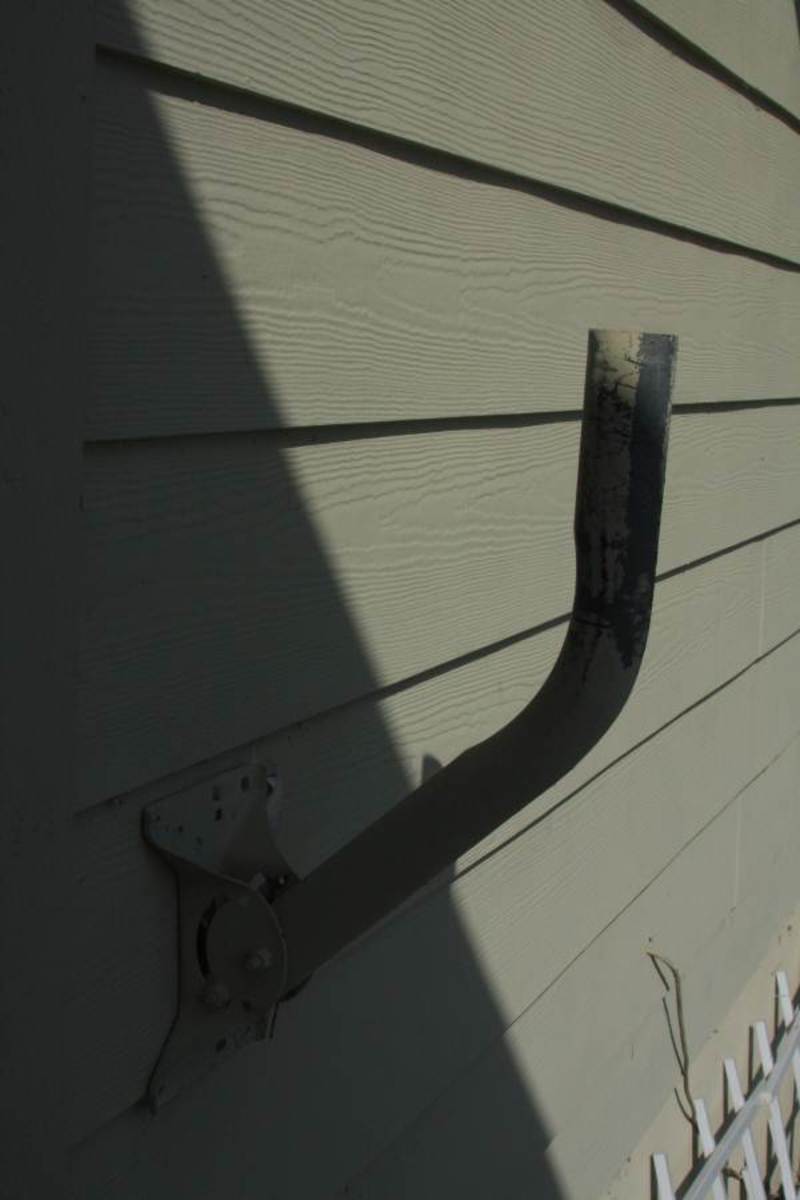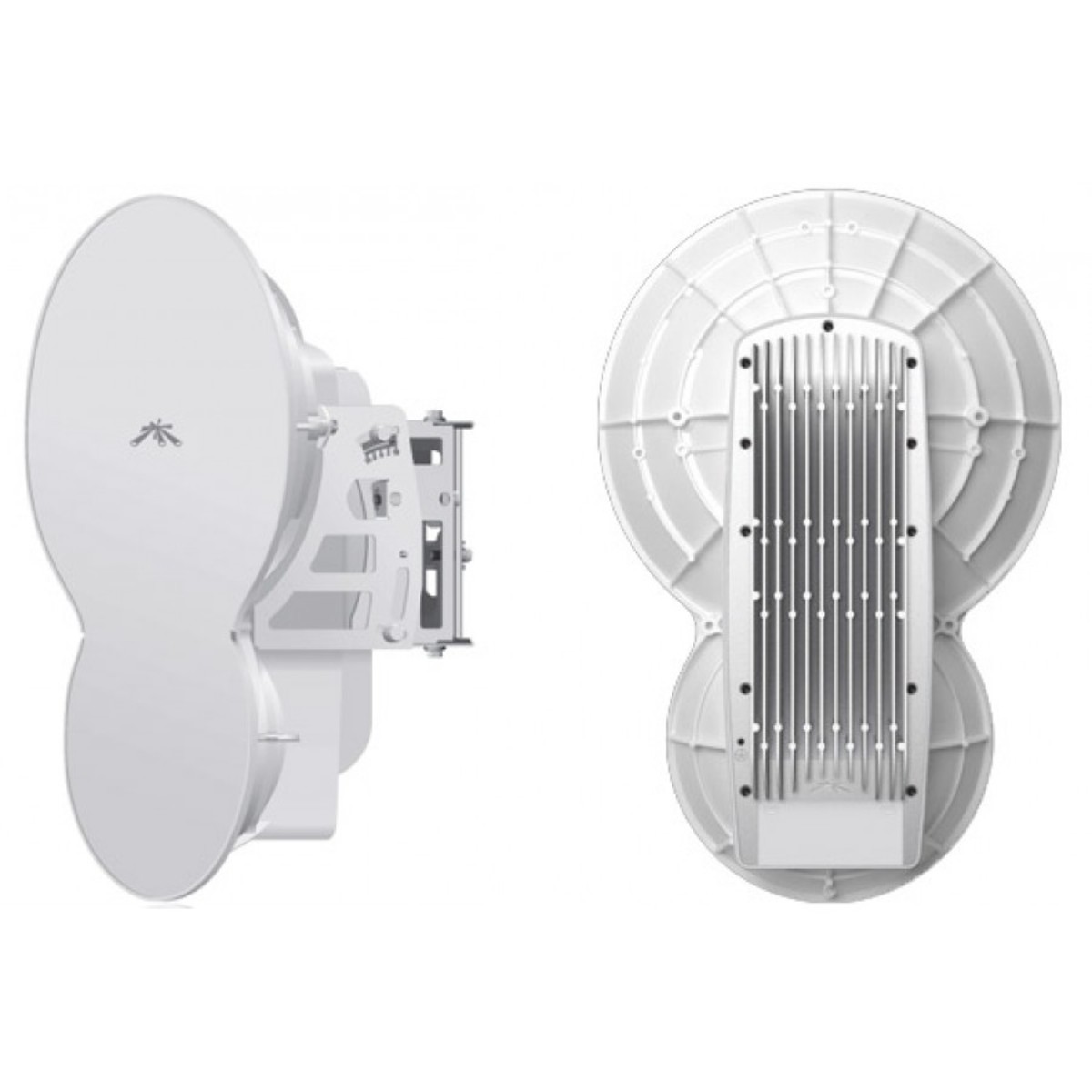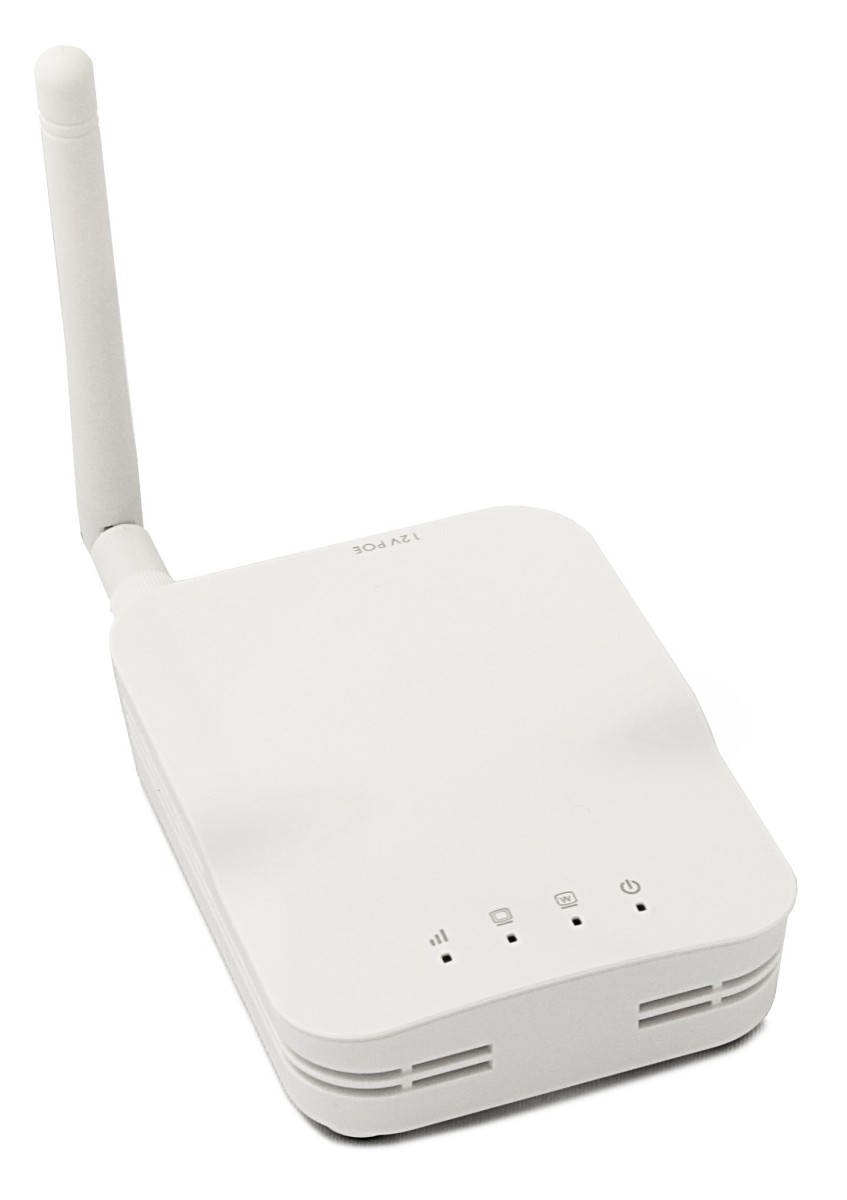Changing the Economics of Gigabit Internet Connections
There’s been significant talk recently about gigabit internet connections and how to deploy them quickly and at an affordable cost. Let’s take a moment to analyze why there is so much excitement surrounding mmwave products, specifically IgniteNet’s MetroLinq™ platform which operates in the worldwide unlicensed 60GHz band.
When the telecommunications industry discusses fiber to the home (FTTH) costs, the metric generally referenced is “cost per home passed.” This metric is important because with cabled fiber, it is necessary to build out and trench past each home or business that might want the service – whether they actually buy the service or not. Cost per home passed is used to describe, on average, the price to build out the fiber plant to reach only potential subscribers.
The “take-rate” is another notable metric, referring to the percentage of houses passed that actually sign up for service and become subscribers. In addition, for homes that sign up and become subscribers, there is the added expense of a fiber drop to the home or business and the CPE part – an extra cost that is common across nearly all broadband services whether xDSL, DOCSIS, fiber, etc.
With hybrid fiber-wireless and pure wireless gigabit networks, the cost structure is quite different. Wireless technology allows large geographic areas to be covered per base station deployed. Only the homes that become subscribers need to have the additional cost of a CPE. In the past, these networks typically operated primarily in the 2.4GHz and 5GHz bands. However, the drawback of these bands is that they cannot deliver the bandwidth comparable to fiber networks and there is a growing noise level from millions of other devices that operate in the same spectrum. These factors can severely impair an ISP’s ability to provide reliable, high bandwidth connections.
With 60GHz unlicensed band, we can have the best of both worlds. First, an amazing amount of spectrum is available as an unlicensed millimeter wave band – 14GHz total in the U.S. for example. Due to the characteristics of this band, we never need to worry about devices inside the home and business that operate in this band from interfering with the devices outdoors delivering the internet connection. Additionally, the technology is available today to deliver multi-gigabit connections over this bandwidth, making it a true competitor to the speeds delivered by fiber. Ultimately, we finally have a genuine wireless option for delivering fast, reliable gigabit internet connections wirelessly.
For example, a typical subdivision’s cost per home passed comes in at $750 per home, on average. Again, this cost is incurred to build out the fiber network just to have the option to provide service to that home or business. This cost varies somewhat depending on a lot of factors, but it is a reasonable average. With a take-rate of 50%, this means the cost per subscriber connected has already doubled to $1500.
To do the same with a wireless solution – for example using our MetroLinq™ 60GHz Sector – each sector covers up to 32 potential subscribers. This brings the cost per subscriber down to roughly $30 and includes the wireless infrastructure to interconnect and feed the base stations.
The cost for each CPE is another part of the equation that also favors wireless connectivity. For FTTH, the incremental cost for each subscriber who signs up for service is around $700 on average (OLT, ONT, and drop). For wireless, the cost is under $500 today with further reductions in cost on the horizon.
Besides the economics of hybrid fiber-wireless and pure wireless networks, speed of deployment is another consideration. It takes a long time to deploy fiber networks, and is quite messy and destructive to the neighborhood. For the 625 home example, it would take several months to get the fiber installed, leaving behind broken sidewalks, lawns, irrigation systems, etc. With MetroLinq™, those same 625 homes can be deployed in just a couple of days without all the mess! The end result is the same – super high bandwidth internet connections.
Another big consideration with deployment is the time necessary to arrange for permits, right of way access requirements, and other regulatory roadblocks and hurdles. With aerial fiber, there is often difficulty in securing access to the poles, exorbitant make-ready costs, and other direct and indirect costs and delays. With wireless, most if not all of these barriers are removed allowing for quicker and lower cost deployments.
It is exciting to be a part of enabling the next generation of networks that utilize cutting edge technology to bring affordable gigabit internet connections to everyone!









